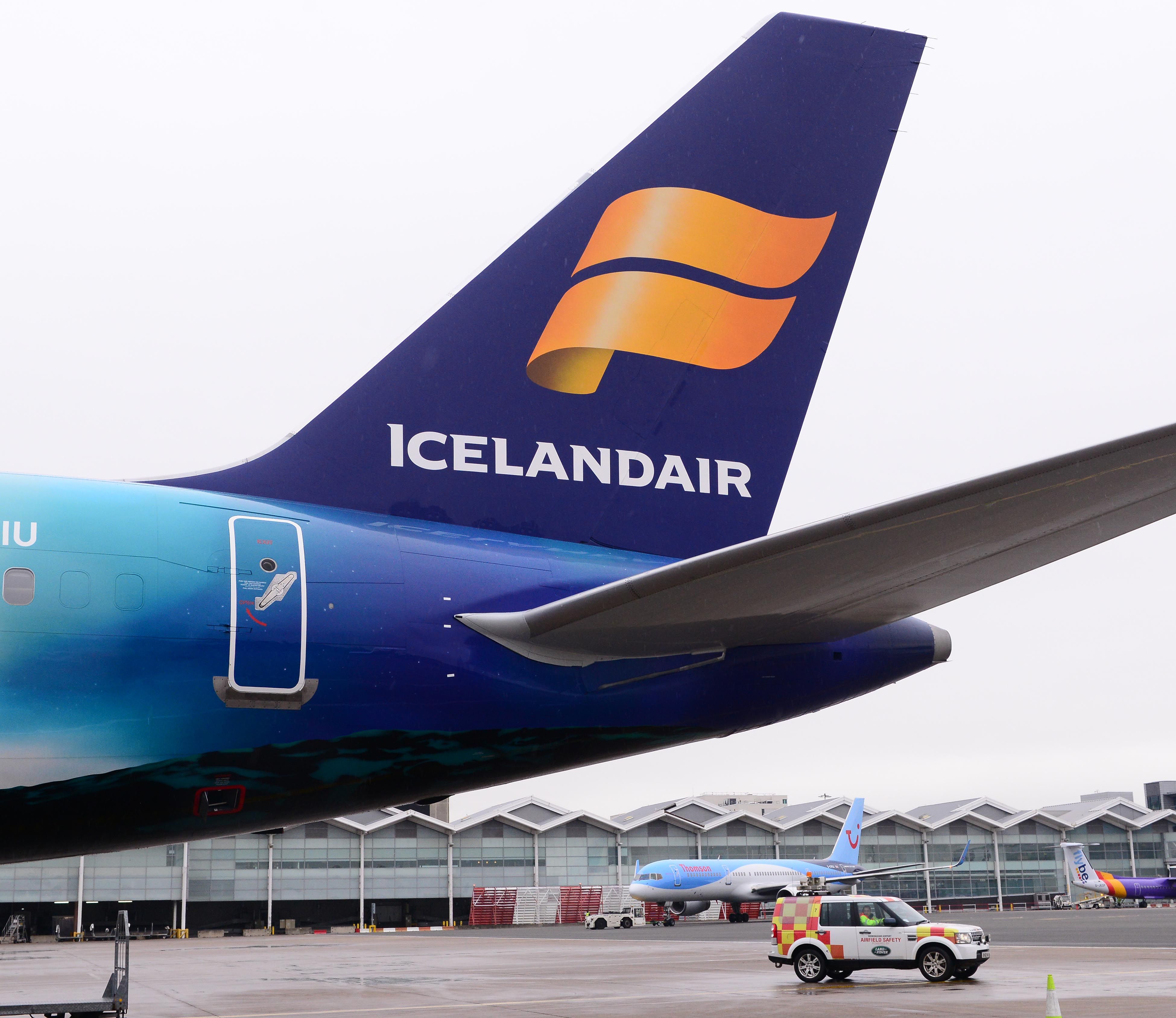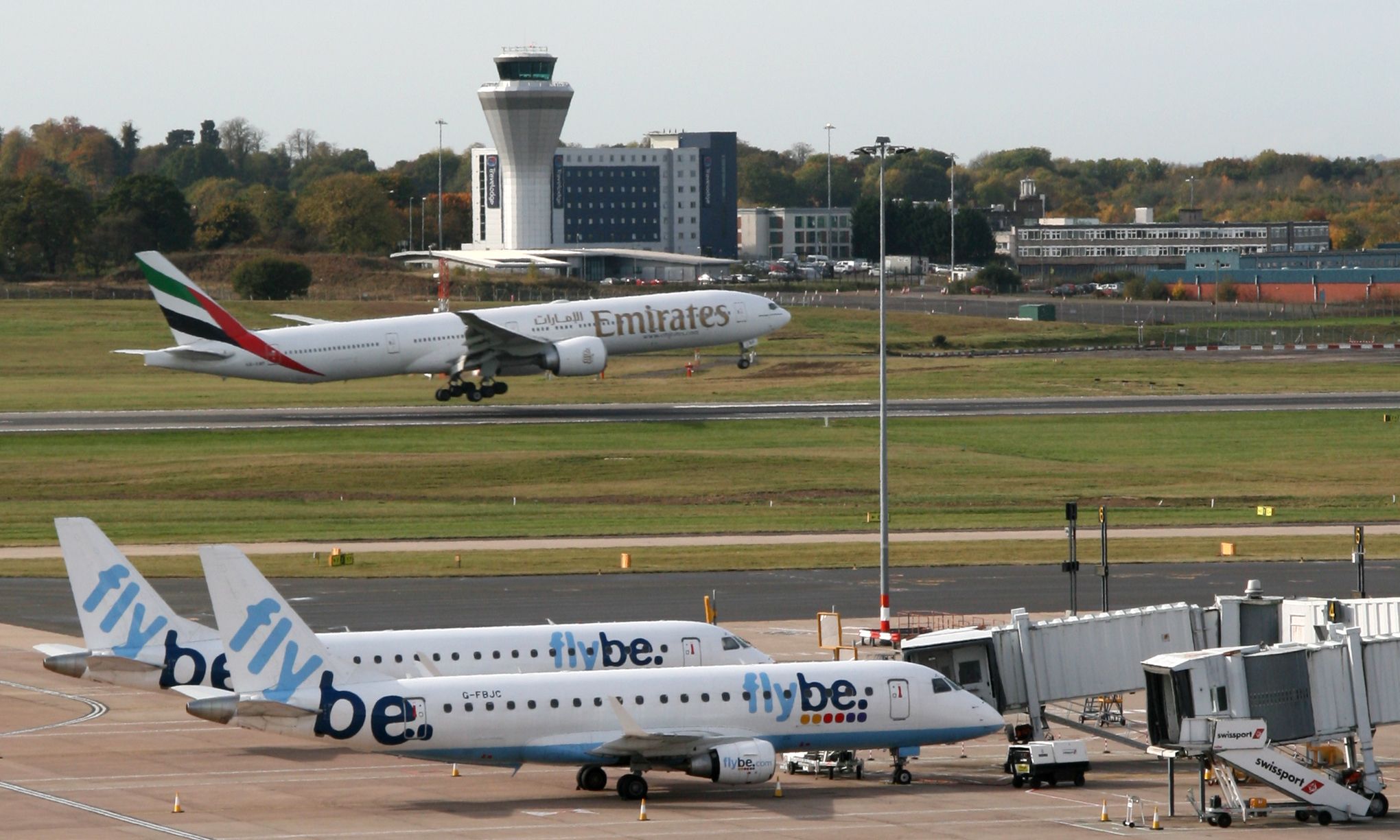Situated in the Metropolitan Borough of Solihull, England, Birmingham Airport (BHX) is located 8.1 miles southeast of Birmingham city center and 10.9 miles northwest of Coventry. Serving the English Midlands, Birmingham Airport is the seventh-busiest airport in the United Kingdom, handling over 12 million passengers a year in pre-COVID times. Due to the downturn, it only handled 2,482,430 passengers in 2021.
Along with domestic flights to Scotland, the Channel Islands, and the Isle of Man, Birmingham Airport offers international flights to Europe, the Middle East, the Indian subcontinent, North America, and the Caribbean. Birmingham Airport is an operating base for Jet2.com, Ryanair, and TUI Airways.
Birmingham Airport history
In 1928, local politicians decided that Birmingham needed to have an airport. Several sites, including Shirley and Aldridge, were considered, but in the end, the decision was made to build the airport in Elmdon.
As a consequence of the Great Depression and spending cuts, construction of the airport did not start until the late 1930s, and it wasn't until May 1, 1939, that the facility was deemed sufficient to welcome air traffic. Birmingham Airport was officially opened by the Duchess of Kent accompanied by Prime Minister Neville Chamberlain on July 8, 1939.
The first passenger flights from Birmingham Airport were to Croydon, Glasgow, Liverpool, Ryde, Shoreham, Manchester, and Southampton. Other destinations were later added until civilian use of the facility stopped following the United Kingdom's entry into World War Two on September 3, 1939.
Birmingham Airport becomes RAF Elmdon
Using the name RAF Elmdon following its requisition by the Air Ministry, the airport was primarily used as a flying school and a base for the Royal Navy Fleet Air Arm. During the war, the grass airstrip was replaced by two hard runways so that Avro Lancaster and Stirling bombers manufactured at Cofton Hackett could be air tested before being delivered to their squadrons. Following the end of hostilities, the airfield reverted to civilian use on July 8, 1946, but remained under government control.
Post-war, the airport was used for air races and fairs until 1949 when British European Airways (BEA) decided that it would like to fly from Birmingham to Paris. Other European cities were added during the 1950s and included services to Zurich, Düsseldorf, Palma, Amsterdam, and Barcelona.
In 1960 the airport was handed back to the City of Birmingham, ending government control. In 1961, an international terminal was built, and later the runway lengthened so that the airport could handle turboprop aircraft like the Vickers Viscount. In 1967 Birmingham Airport offered flights to New York using VC-10 airliners. By 1970 Birmingham Airport was handling around a million passengers a year.
On September 16, 1980, a British Airways Concorde supersonic airliner visited the airport and did so again during a farewell tour in 2003.
In November 2007, Birmingham Airport published a development plan called "Towards 2030," in which it set out details for new terminals and off-site infrastructure. Like many new large-scale proposals, it was considered controversial and was opposed by local residents and
environmentalists. A highly contested part of the proposal was the need for a second runway and then a third to keep up with passenger demand.
Birmingham was the second UK airport to welcome the A380
To mark its 70th-anniversary, work began on a three-story international pier that welcomed the airport's first Airbus A380 on September 9, 2009. At the time, it was the first commercial service of the A380, not at London Heathrow Airport (LHR).
While looking at statistics, the airport operator saw that while eight million people live within an hour's drive of the airport, only 40% of them were using it. A decision was made to rebrand using the slogan "Hello World" to better reflect the airport as an international gateway. Before the COVID-19 pandemic, Birmingham airport handled over 12 million passengers a year.


.jpg)
